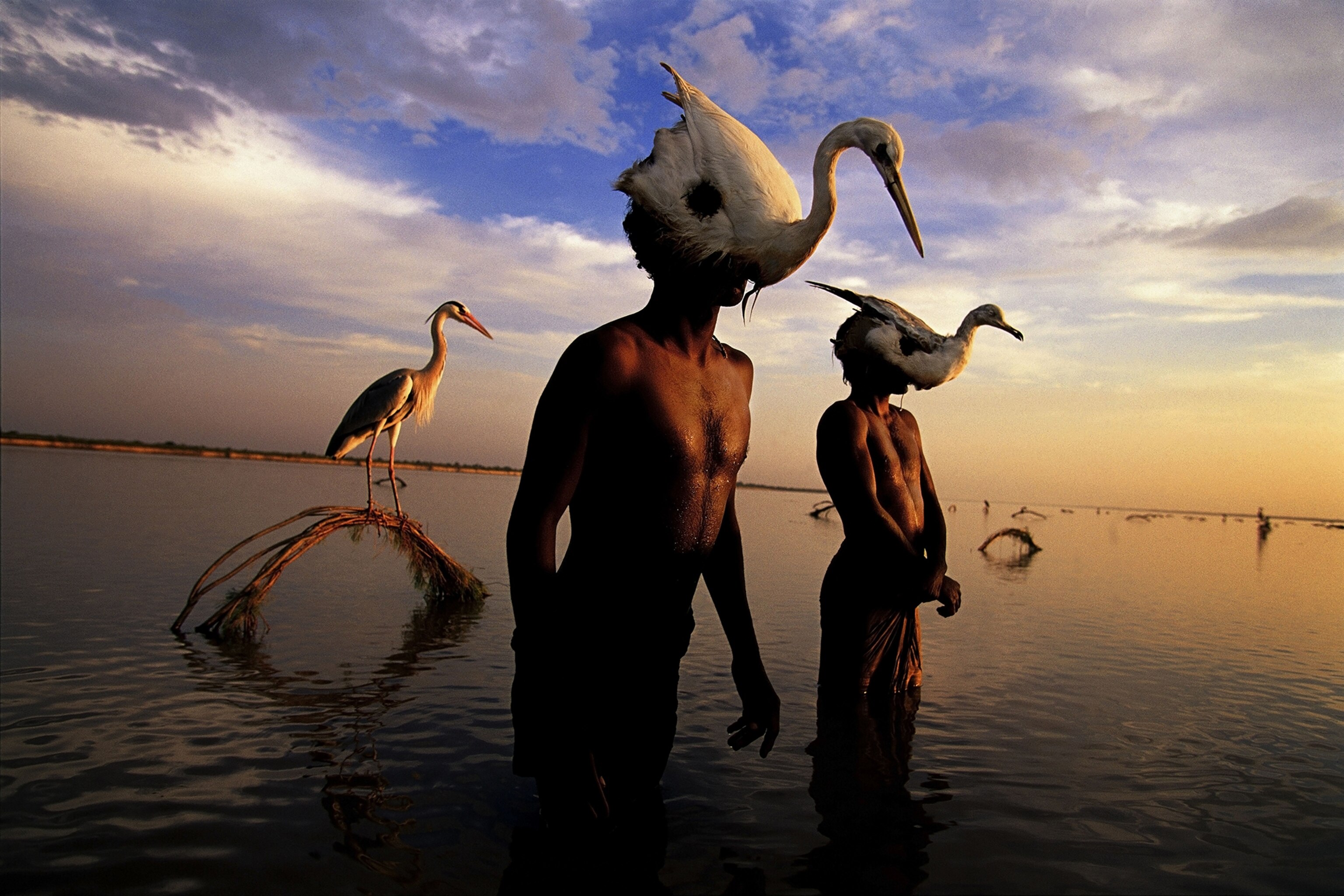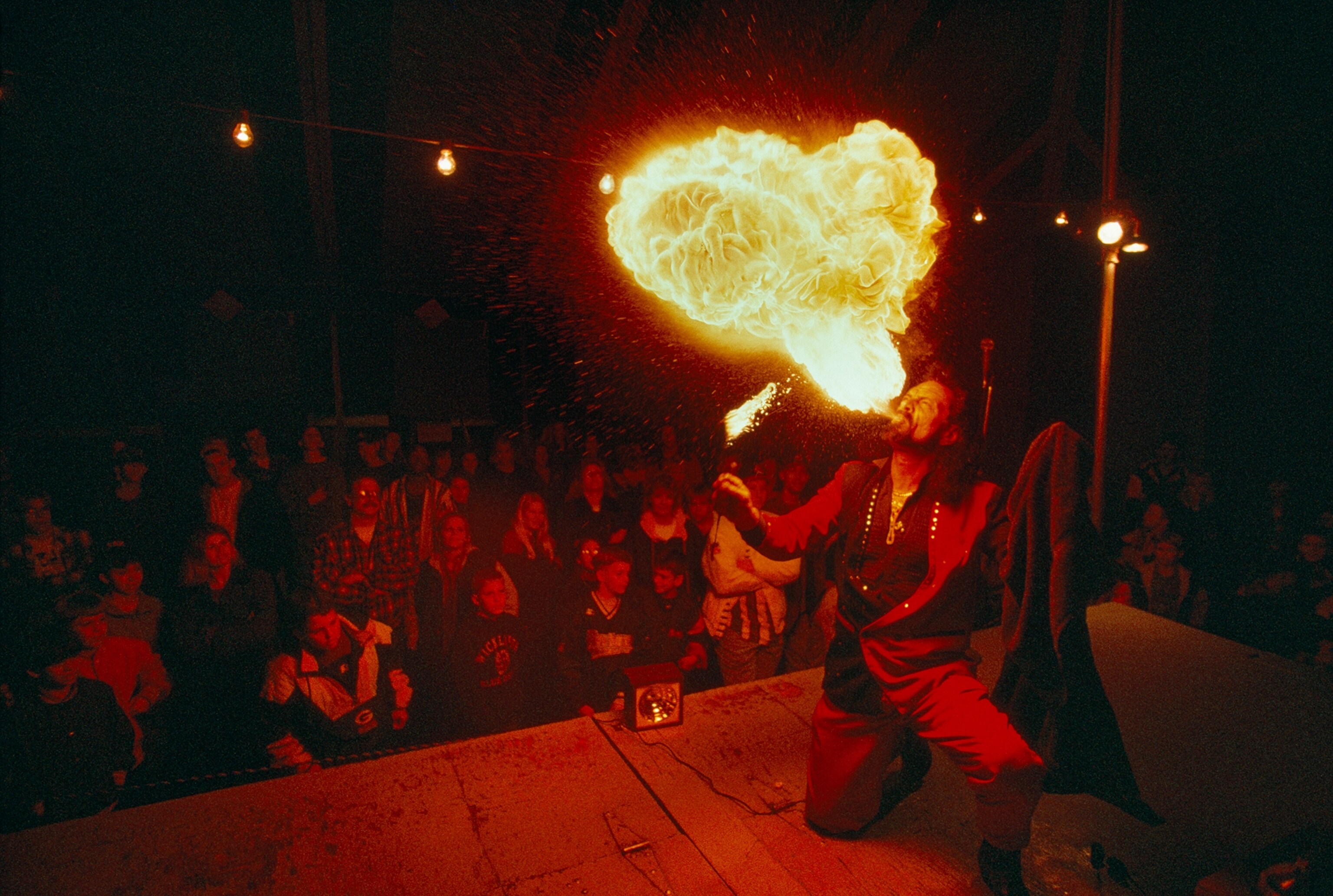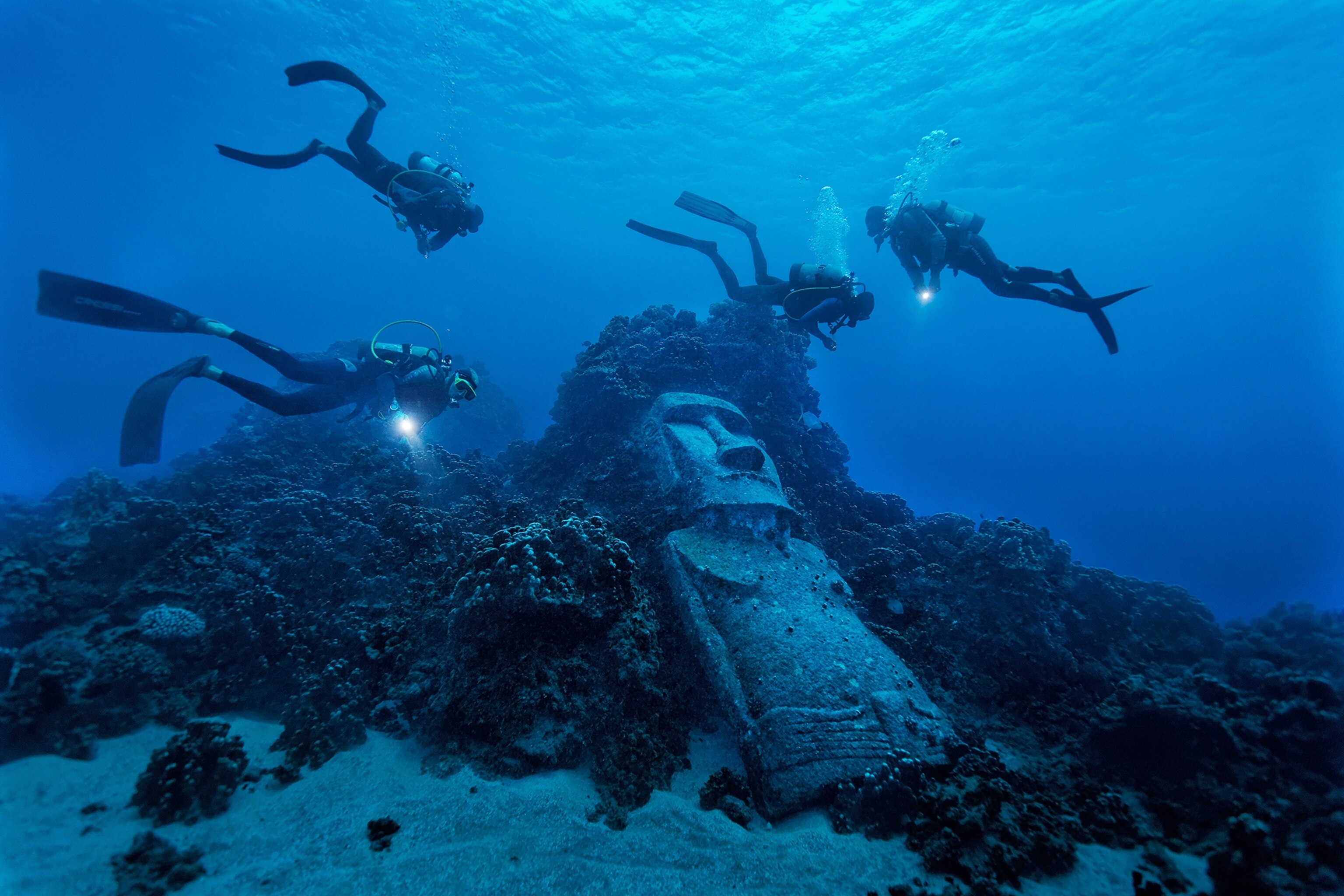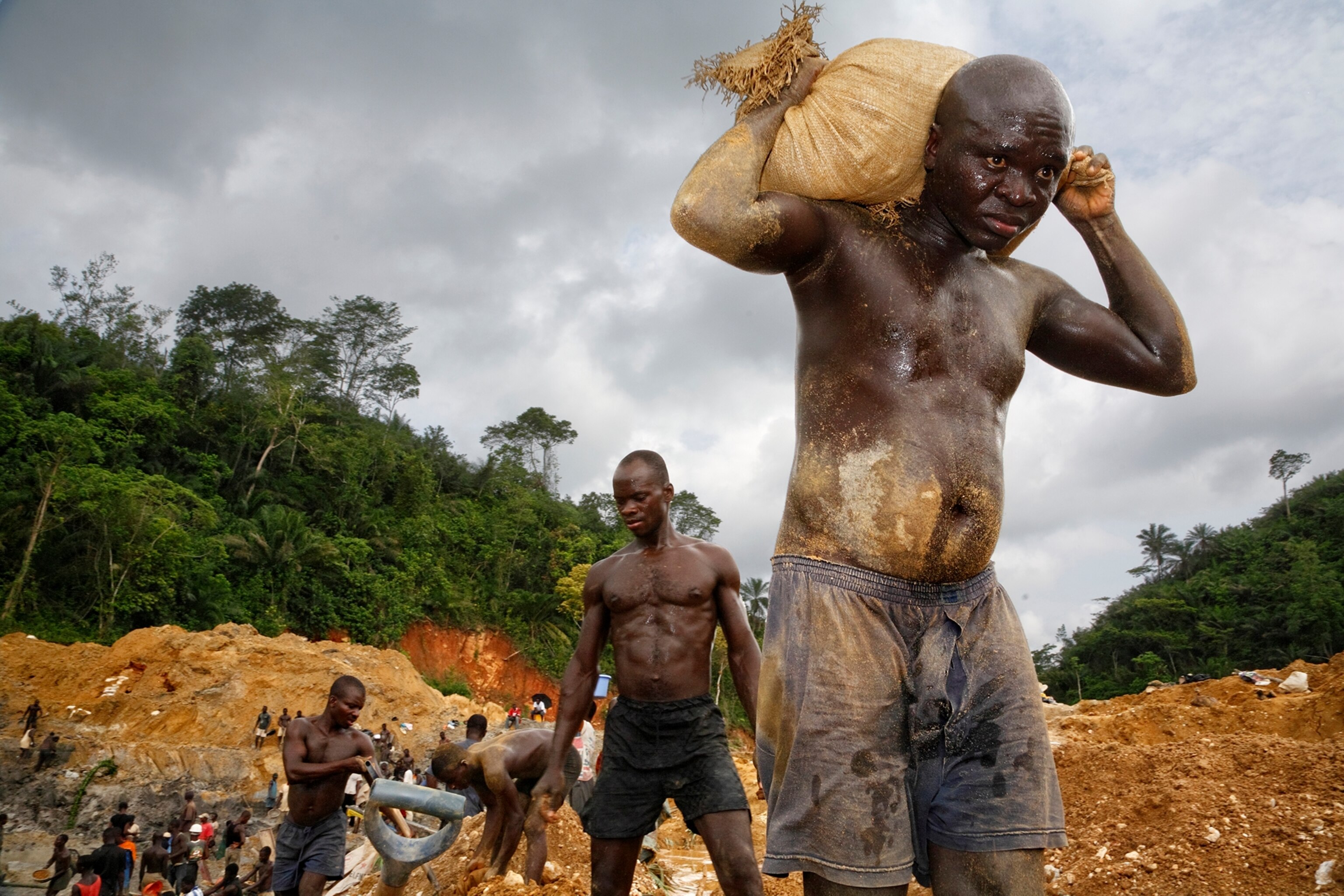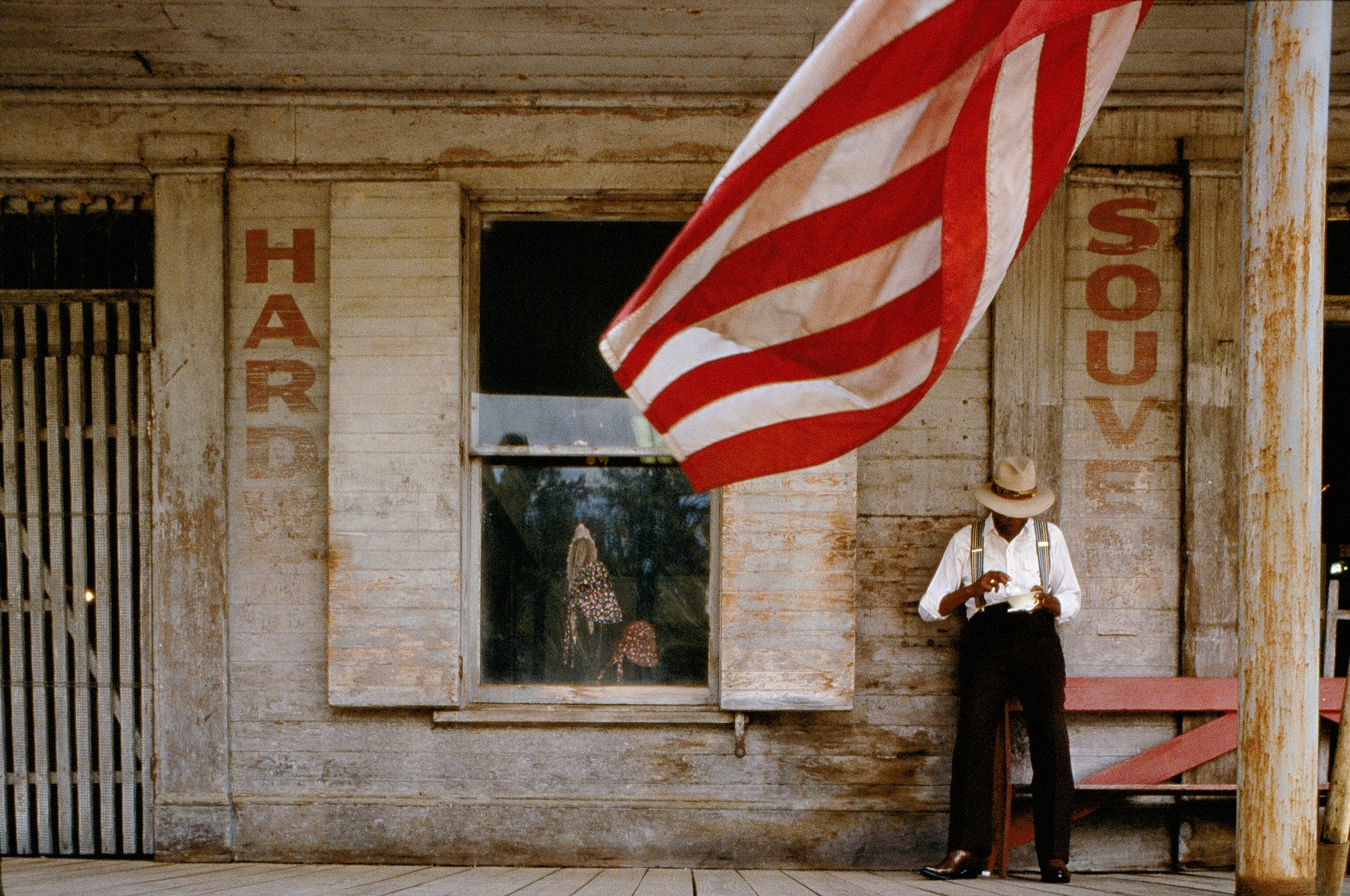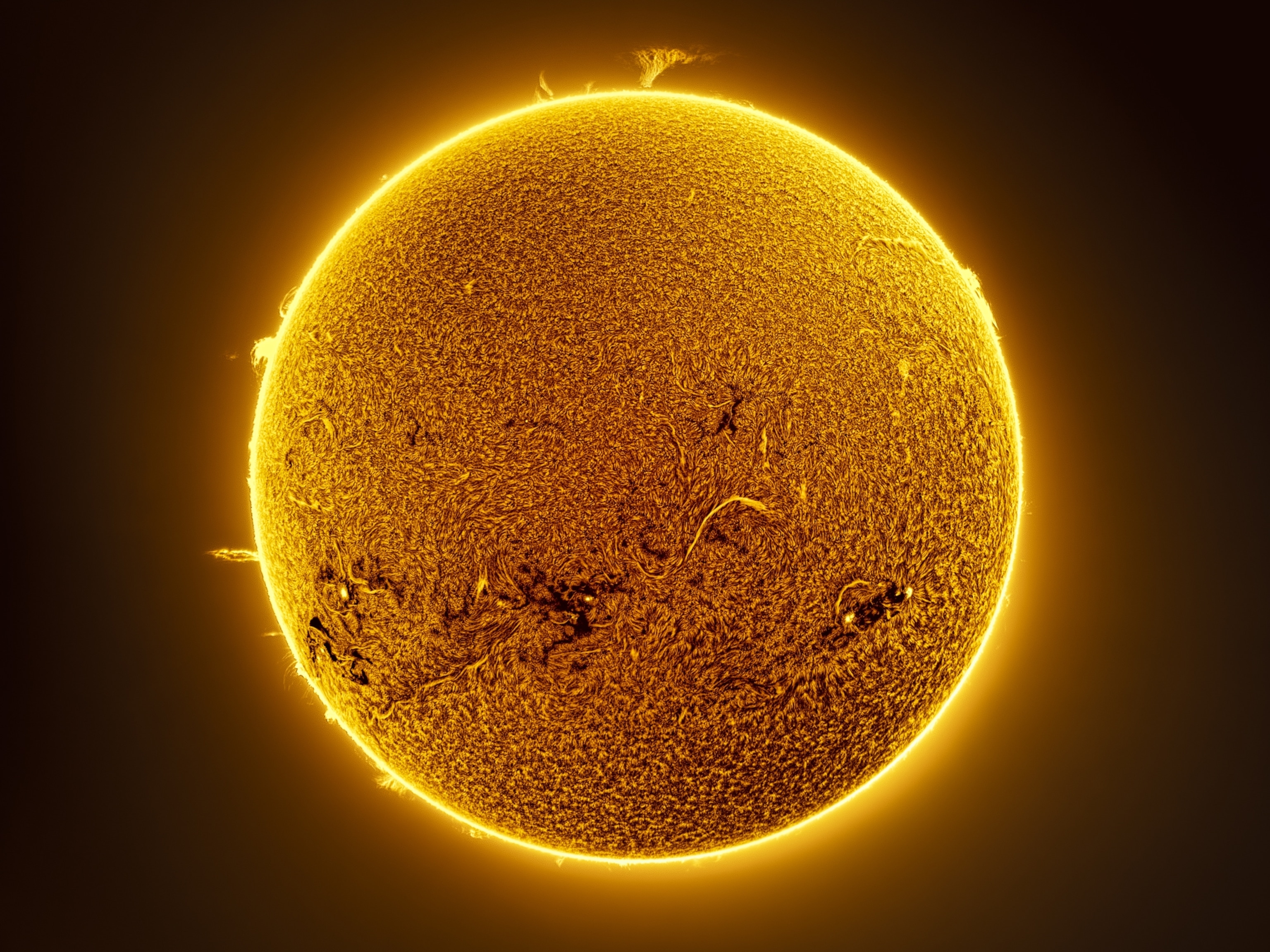When Taking a Picture is Like Solving a Puzzle
Photographer Randy Olson harnesses complex moments to create impactful photographs.
Photographer Randy Olson covers stories that have global impact. As part of our "Through the Lens" series, we spoke with Olson to find out what makes him tick.
What was the first picture you made that mattered to you?
It was made in a lonely little place in the Rocky Mountains where a Native American protestor had stopped to catch his breath. I was in college and was documenting the Native Americans' “Longest Walk,” from Alcatraz to Washington D.C. It had been such an effort to get there. During a blizzard, the writer and I pushed our car up a steep and remote mountainous road. And that resonates—because that was the moment I realized none of this was going to be easy. And, honestly, doing something worthwhile is never easy. It also mattered because other people noticed it. Chris Johns, who would later become the Editor in Chief of National Geographic magazine, was a photographer at the Topeka Capital Journal and was impressed by the photograph. We don’t operate in a vacuum, and if you say it doesn’t matter what others think about your photography, you are fooling yourself.
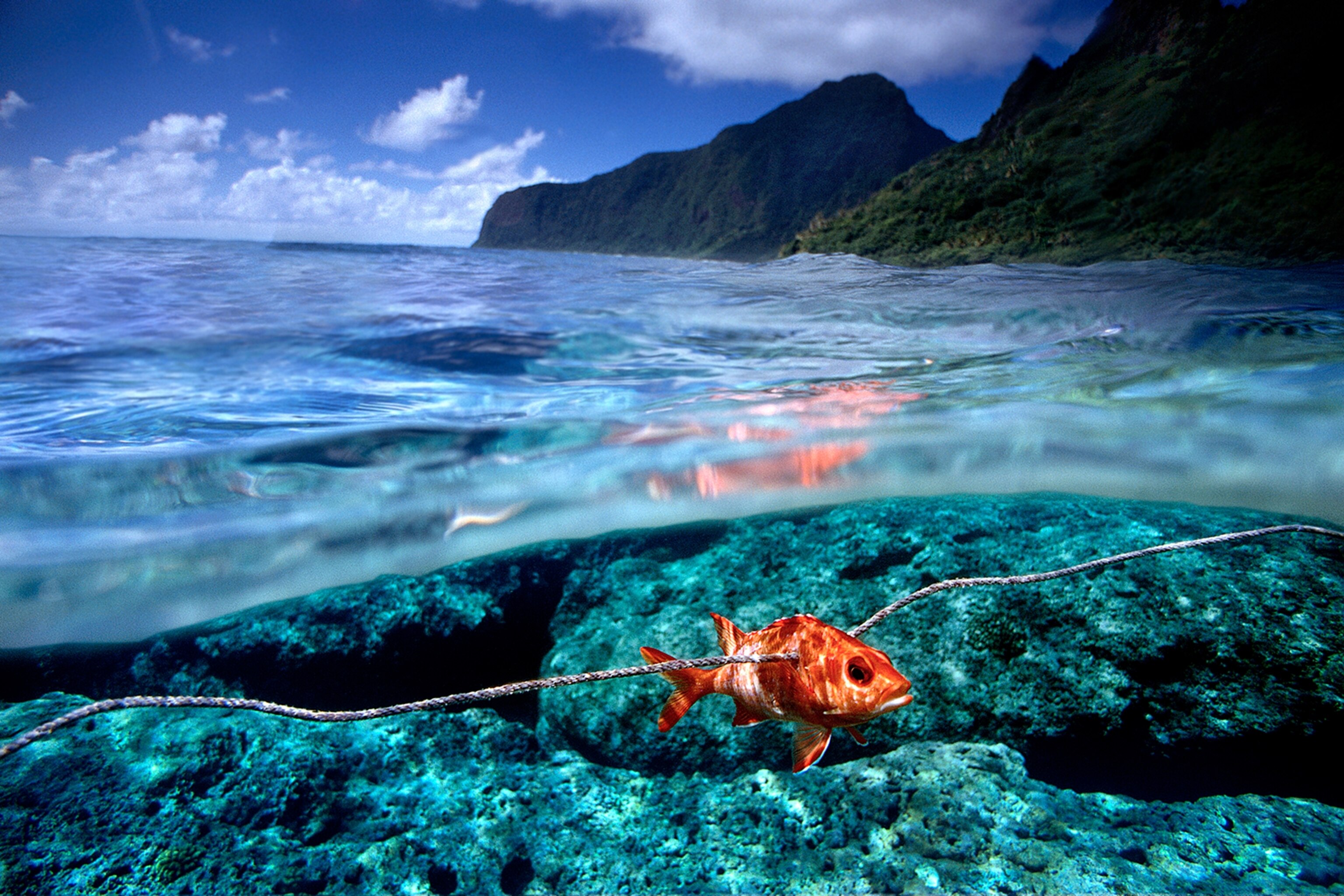
If you weren’t a photographer, what would you be?
Even though I don’t have any talent for it … blues harmonica player. I was working on a National Geographic magazine story in Samoa, and the first friend I made was a guy nicknamed "Louie the Fish," who took me out on his boat. I made my first underwater photos while Louie was spearfishing. I learned that Louie was a former blues harmonica player with Taj Mahal and was an impromptu musician in bars on the island. When he showed up, a band might be playing Don Ho tourist music, but they loved it when he pulled out his case full of harmonicas and joined in. They’d play “Ride Sally Ride” or other Louie favorites, and the atmosphere shifted. Louie made the entire place come alive—I would love to be able to do that.
Who is your greatest influence?
Family and friends—I believe we are formed by those around us. My father was a photographer, and I thought that was supercool … And then my wife, who is also a photographer, changed me from someone who was mostly interested in geometry into someone who cares about the thoughts and feelings of the subjects of my photographs. My sister and mother are a huge support by editing nearly everything I write, making it better. And they've all passed on values that allow me to be able to photograph.
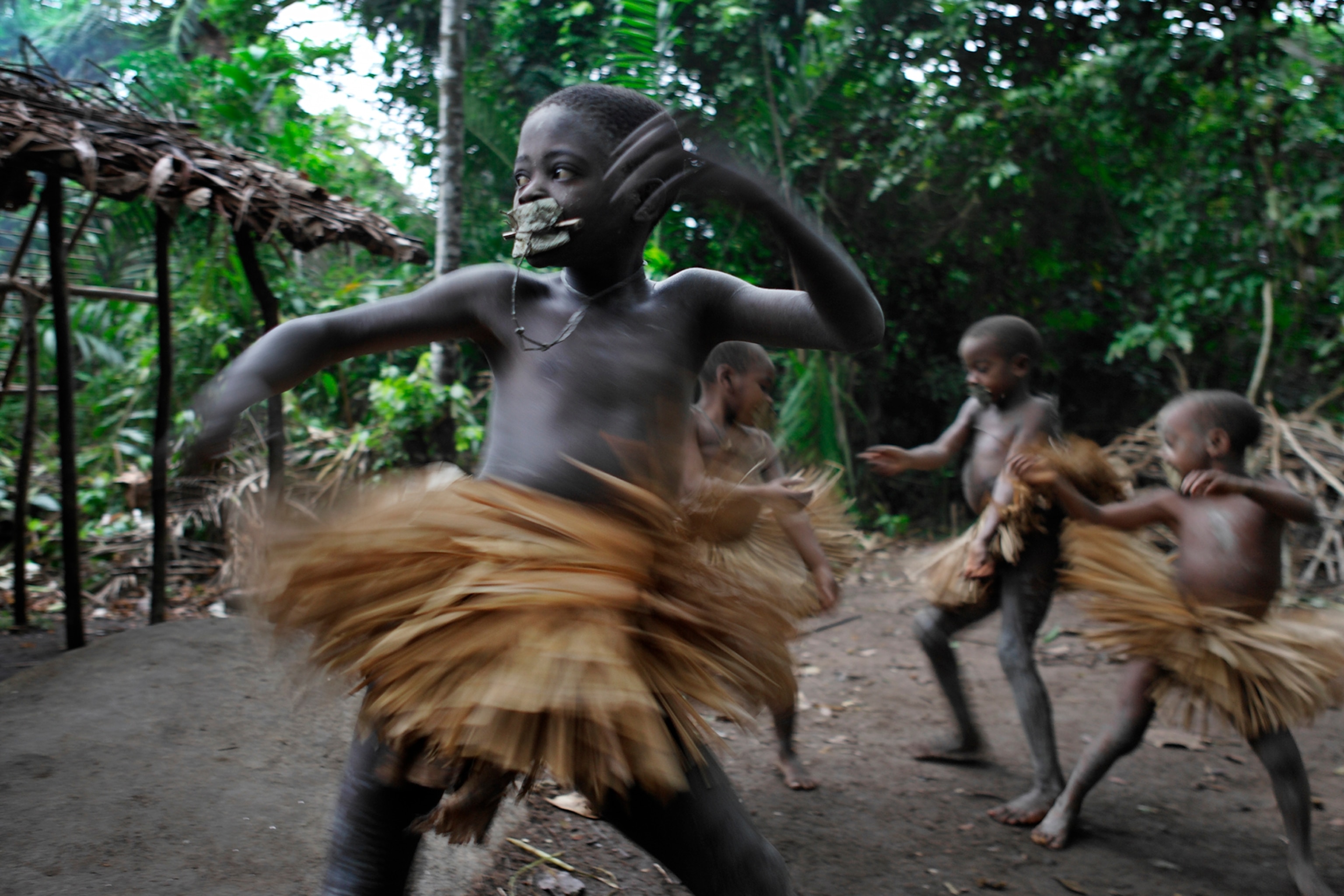
What fuels your passion for photography?
I bore easily … and the process of putting together a photograph is infinitely not boring … I try to track so many things in the viewfinder at the same time and align them visually … It's like trying to capture a moment in a constantly moving puzzle that is never quite perfect.
What is the perfect photograph?
The perfect photograph is rare. The ones that speak to me have at least one or two of the following going for them: geometry, moment, serendipity, layers, color palette, light, or context.
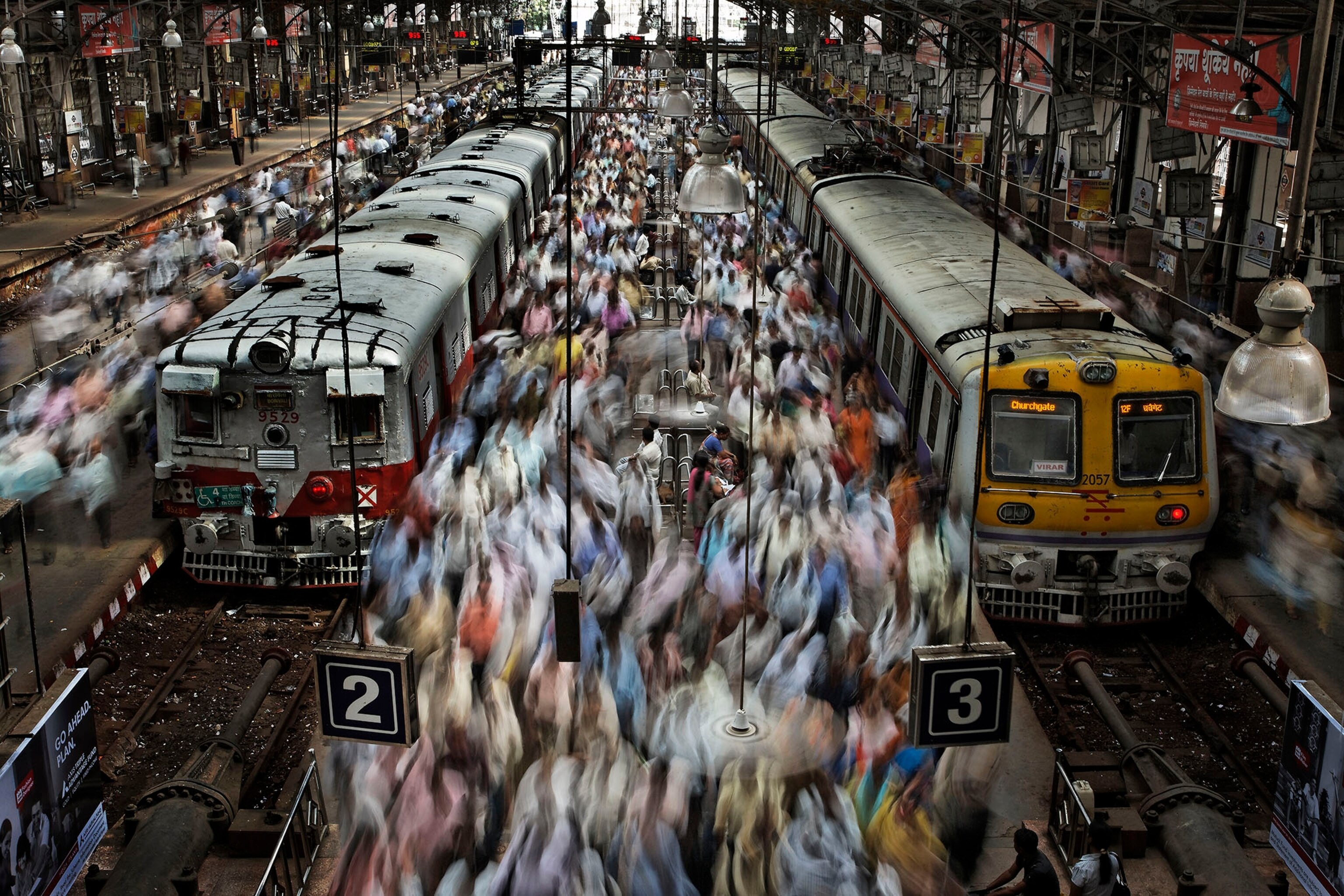
What is your most treasured possession in the field?
I travel with everything it takes to make the same cup of coffee every morning, just like what I have at home. Although every day is different when you're in the field, this creates an illusion that I have some control over my life.
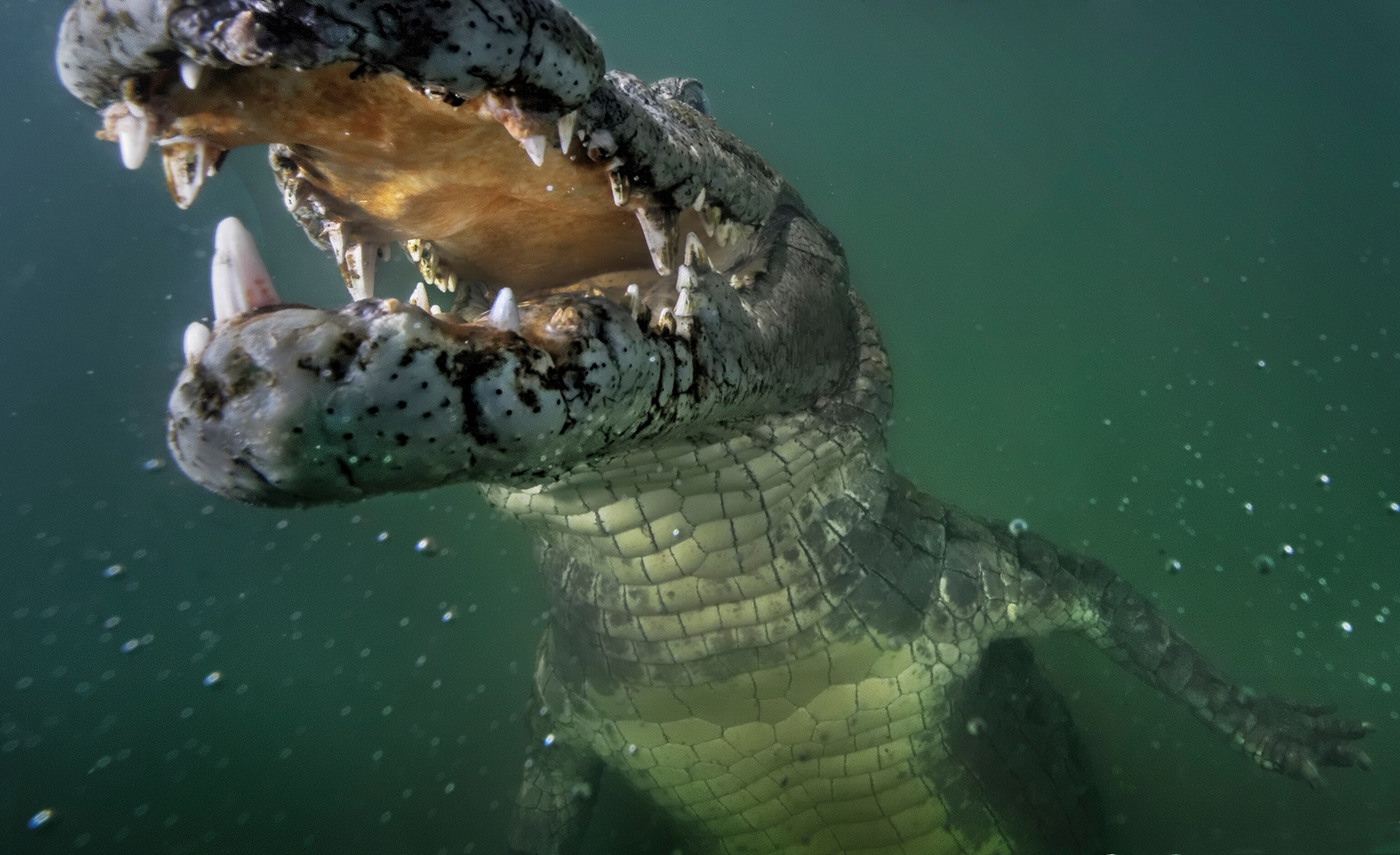
What is the most important advice you can give emerging photographers?
Do your craft to the best of your ability, but don’t forget all the other things that involve being human.
I’m a social documentary photographer. I don’t stage photos. Nothing you can dream up for people is as interesting as when they're naturally just being themselves. My photography depends on people allowing me into their lives. So I treat them with respect. I am as honest about myself as I expect them to be with me.
I look back at my journals and realize that the moments that will stay with me forever often have nothing to do with photography. Moments like when pygmies in the Democratic Republic of the Congo gasped after I revealed my pale white chest in the jungle, or an (extremely) close encounter I had with a crocodile in Australia.
In our series "Through the Lens," we get to know the photographers behind some of the unforgettable images showcased on National Geographic.
Olson’s work is featured in the July 2016 issue of National Geographic magazine. Check out more of his work here.
This interview has been edited for length and clarity.
